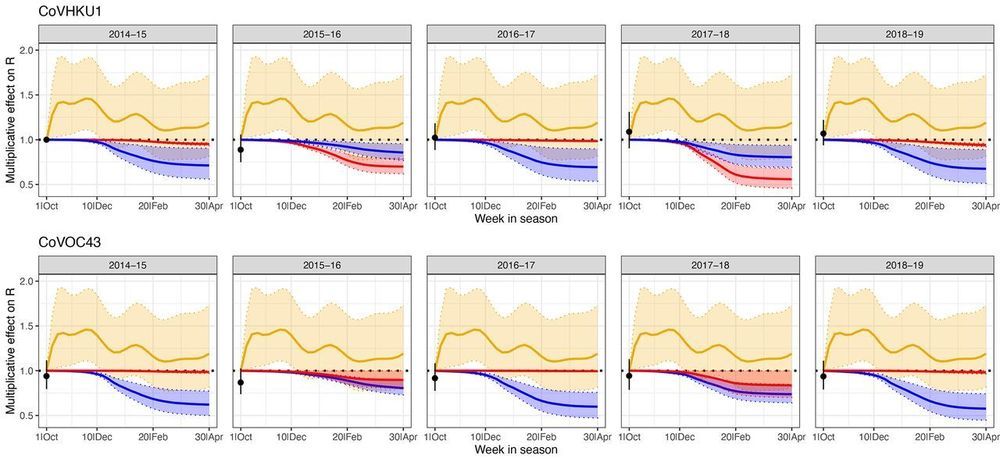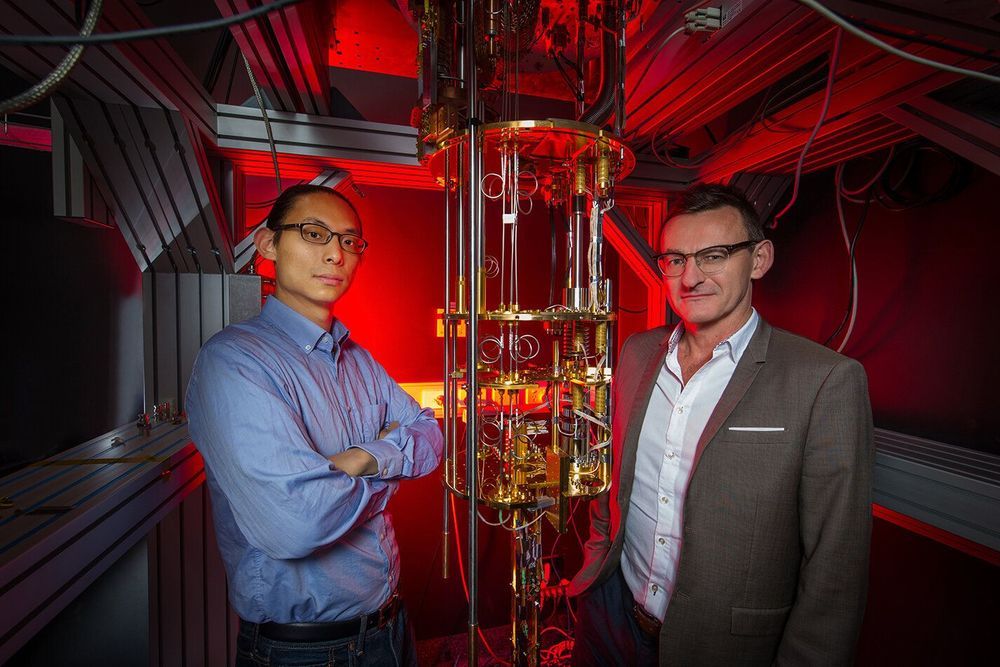Apr 15, 2020
Artificial lightning strikes encourage growth of shiitake mushrooms
Posted by Quinn Sena in category: climatology
See mushrooms are not of this earth o.o
Japanese researchers are closing in on understanding why electrical storms have a positive influence on the growth of some fungi. In a series of experiments, Koichi Takaki at Iwate University and colleagues showed that artificial lightning strikes do not have to directly strike shiitake mushroom cultivation beds to promote growth. Now they are developing technology to use electric stimulation in the production of the mushrooms, which are popular in many east Asian cuisines.
Bizarre as it may seem, atmospheric electricity has long been known to boost the growth of living things, including plants, insects and rats. In 1775, the priest and physicist Giovanni Battista Beccaria of the University of Turin reported, “it appears manifest that nature makes extensive use of atmospheric electricity for promoting vegetation”.
Continue reading “Artificial lightning strikes encourage growth of shiitake mushrooms” »


















